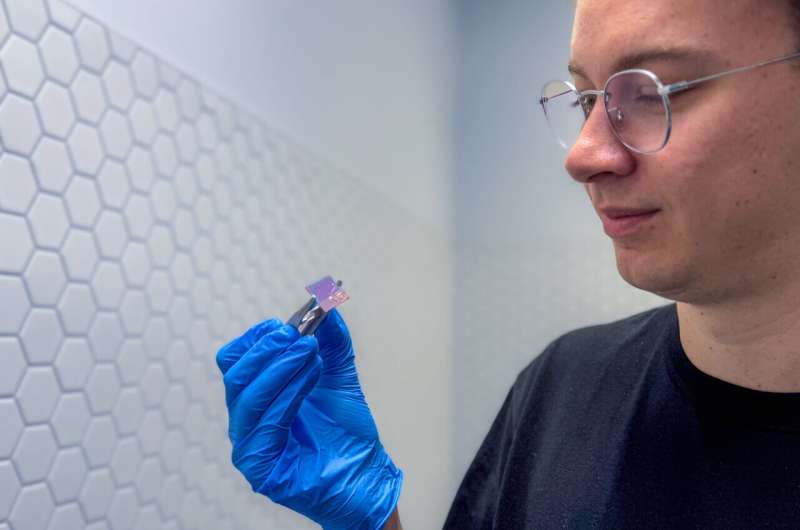In a groundbreaking development, researchers from RMIT University in collaboration with CSIRO, Australia’s national science agency, have unveiled a method that significantly extends the lifespan of quantum batteries. Their latest prototype demonstrates a lifespan 1,000 times longer than previous models, marking a substantial leap forward in quantum battery technology.
The concept of a quantum battery, which differs fundamentally from traditional chemical batteries, relies on quantum superposition and electron-light interactions to achieve rapid charging and potentially greater storage capacity. This new advancement, published in the journal PRX Energy, represents a major step towards making quantum batteries a practical reality.
Quantum Batteries: The Next Frontier in Energy Storage
Quantum batteries have long been a theoretical concept within the realm of quantum science and technology. Unlike their traditional counterparts that depend on chemical reactions, quantum batteries use the principles of quantum mechanics to store and release energy. This approach allows for faster charging times and the potential for enhanced storage capacity.
Study co-author and RMIT Ph.D. candidate Daniel Tibben expressed optimism about the progress, stating, “While we’ve addressed a tiny ingredient of the overall piece, our device is already much better at storing energy than its predecessor.”
Overcoming Challenges in Quantum Battery Development
Developing quantum batteries in the laboratory has been fraught with challenges. Previous iterations, while demonstrating impressive charging speeds, suffered from rapid discharge rates, losing stored energy almost as quickly as it was charged. This new study, however, has managed to extend the energy storage duration from mere nanoseconds to microseconds.
The research team constructed and tested five devices, discovering that optimal energy storage occurred when two specific energy levels aligned perfectly. The best performing device achieved an energy storage duration 1,000 times longer than previous demonstrations, a breakthrough that proves the concept and lays a robust foundation for future research.
“While a working quantum battery could still be some time away, this experimental study has allowed us to design the next iteration of devices,” said Professor Daniel Gómez, a chemical physicist at RMIT.
Implications and Future Prospects
The implications of this advancement are significant. Quantum batteries hold the promise of revolutionizing energy storage, potentially improving the efficiency of solar cells and powering small electronic devices. Dr. James Quach from CSIRO, who led previous experiments and co-authored the current study, emphasized Australia’s leading role in this cutting-edge research.
“Australia is leading the way in experimental quantum battery research, and this work is a significant advancement,” Quach stated. The collaboration between RMIT and industry partners aims to design the next generation of quantum battery prototypes, further pushing the boundaries of what’s possible in energy technology.
As the field progresses, the potential applications of quantum batteries continue to expand. From enhancing renewable energy systems to powering next-generation electronics, the advancements in quantum battery technology could herald a new era in energy efficiency and sustainability.
For more detailed insights, the study titled “Extending the Self-Discharge Time of Dicke Quantum Batteries Using Molecular Triplets” by Daniel J. Tibben et al. is available in PRX Energy.
 Sea Lamprey Migration Patterns Could Revolutionize Great Lakes Management
Sea Lamprey Migration Patterns Could Revolutionize Great Lakes Management Major US Airports Halt Flights, Sparking Nationwide Travel Disruption
Major US Airports Halt Flights, Sparking Nationwide Travel Disruption Yulia Putintseva Requests Spectator Removal at Wimbledon Over Safety Concerns
Yulia Putintseva Requests Spectator Removal at Wimbledon Over Safety Concerns Exploring Canadian Cuisine: A Culinary Journey Across a Diverse Nation
Exploring Canadian Cuisine: A Culinary Journey Across a Diverse Nation STEM Immigration: Shaping Diversity in the U.S. Workforce
STEM Immigration: Shaping Diversity in the U.S. Workforce